Assembly of recombinant tau into filaments identical to those of
Por um escritor misterioso
Last updated 14 maio 2024

Many neurodegenerative diseases, including Alzheimer’s disease, the most common form of dementia, are characterised by knotted clumps of a protein called tau. In these diseases, tau misfolds, stacks together and forms abnormal filaments, which have a structured core and fuzzy coat. These sticky, misfolded proteins are thought to be toxic to brain cells, the loss of which ultimately causes problems with how people move, think, feel or behave. Reconstructing the shape of tau filaments using an atomic-level imaging technique called electron cryo-microscopy, or cryo-EM, researchers have found distinct types of tau filaments present in certain diseases. In Alzheimer’s disease, for example, a mixture of paired helical and straight filaments is found. Different tau filaments are seen again in chronic traumatic encephalopathy (CTE), a condition associated with repetitive brain trauma. It remains unclear, however, how tau folds into these distinct shapes and under what conditions it forms certain types of filaments. The role that distinct tau folds play in different diseases is also poorly understood. This is largely because researchers making tau proteins in the lab have yet to replicate the exact structure of tau filaments found in diseased brain tissue. Lövestam et al. describe the conditions for making tau filaments in the lab identical to those isolated from the brains of people who died from Alzheimer’s disease and CTE. Lövestam et al. instructed bacteria to make tau protein, optimised filament assembly conditions, including shaking time and speed, and found that bona fide filaments formed from shortened versions of tau. On cryo-EM imaging, the lab-produced filaments had the same left-handed twist and helical symmetry as filaments characteristic of Alzheimer’s disease. Adding salts, however, changed the shape of tau filaments. In the presence of sodium chloride, otherwise known as kitchen salt, tau formed filaments with a filled cavity at the core, identical to tau filaments observed in CTE. Again, this structure was confirmed on cryo-EM imaging. Being able to make tau filaments identical to those found in human tauopathies will allow scientists to study how these filaments form and elucidate what role they play in disease. Ultimately, a better understanding of tau filament formation could lead to improved diagnostics and treatments for neurodegenerative diseases involving tau.
Laboratory-based methods are presented that produce filamentous tau aggregates with the same structures as those observed in neurodegenerative disease.
Laboratory-based methods are presented that produce filamentous tau aggregates with the same structures as those observed in neurodegenerative disease.

Cryo‐EM structures of tau filaments from SH‐SY5Y cells seeded with brain extracts from cases of Alzheimer's disease and corticobasal degeneration - Tarutani - 2023 - FEBS Open Bio - Wiley Online Library

Assembly of recombinant tau into filaments identical to those of Alzheimer's disease and chronic traumatic encephalopathy
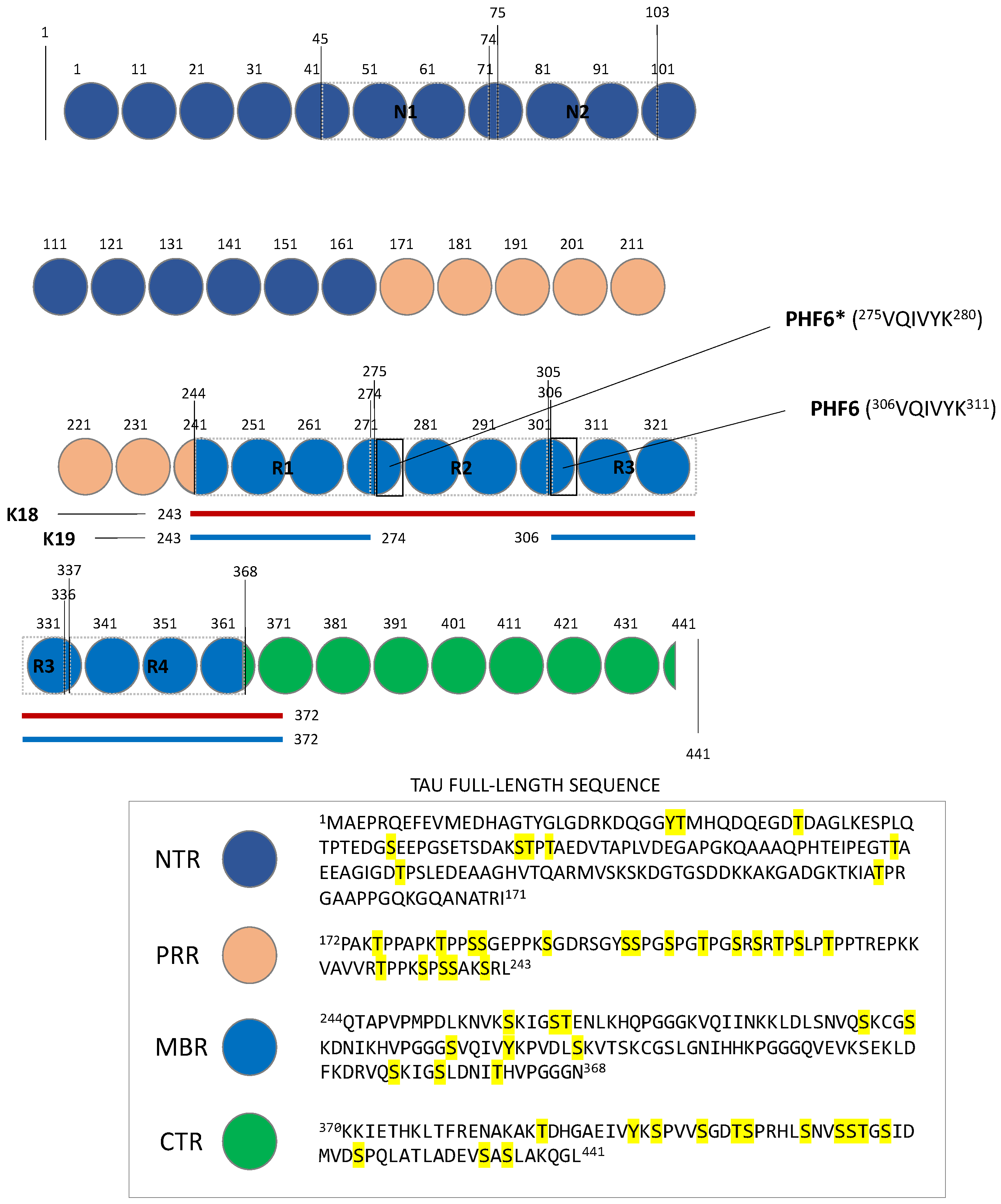
Molecules, Free Full-Text
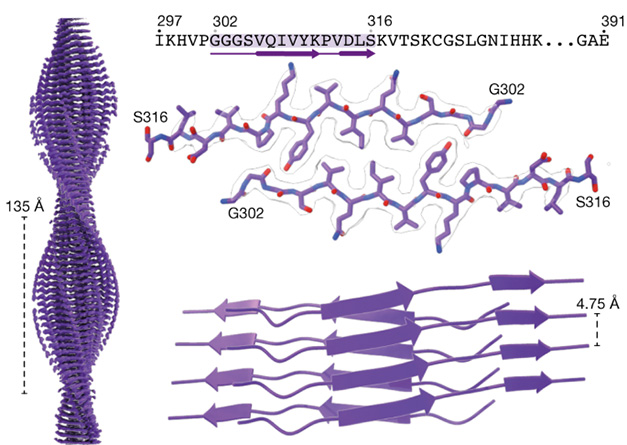
Transient Filament Yields AD and CTE Tau Fibrils
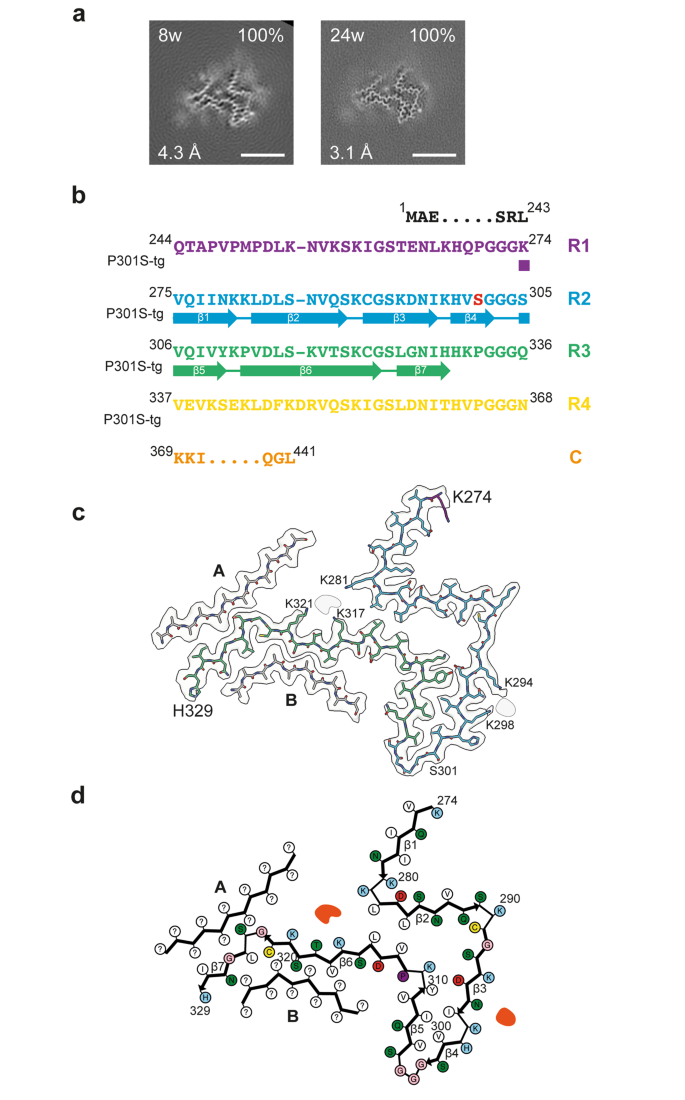
Cryo-EM structures of tau filaments from the brains of mice transgenic for human mutant P301S Tau, Acta Neuropathologica Communications
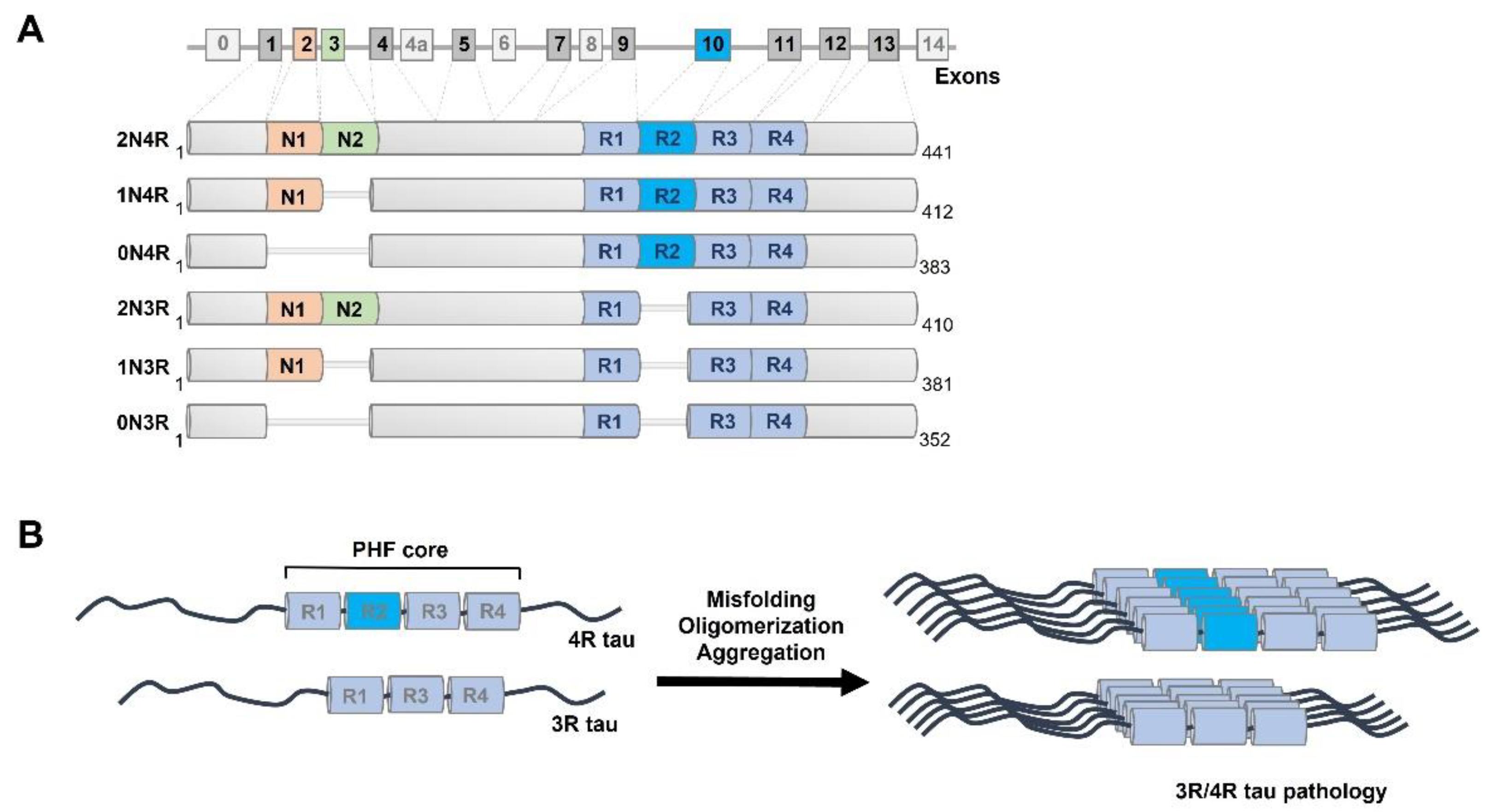
Cells, Free Full-Text

Assembly of recombinant tau into filaments identical to those of Alzheimer's disease and chronic traumatic encephalopathy

RCSB PDB - 7QL1: In vitro assembled 266-391 tau filaments in PBS (23a)
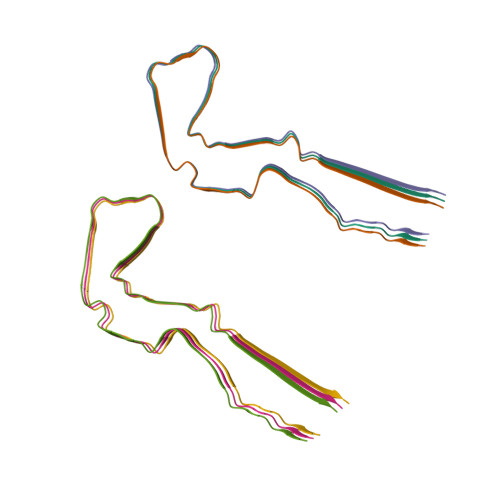
RCSB PDB - 7QK2: In vitro assembled 300-391 tau filaments in PBS (36a)
Recomendado para você
-
Brain Test Game Level 287 to 304 Walkthrough, Brain Test Game Level 287 to 304, Brain Test Level 287, 288, 289, 290, 291, 292, 293, 294, 295, 296, 297, 298, 299, 300, 301, 302, 303, 304 Walkthrough, By Dangamevideos14 maio 2024
-
 حل Brain Test من المرحلة 280 إلى المرحلة 30014 maio 2024
حل Brain Test من المرحلة 280 إلى المرحلة 30014 maio 2024 -
 Brain Test: Tricky Brain Test Riddles Game for Android - Download14 maio 2024
Brain Test: Tricky Brain Test Riddles Game for Android - Download14 maio 2024 -
 Brain Test Level 297 (NEW) Uh! Something is wrong here Answer14 maio 2024
Brain Test Level 297 (NEW) Uh! Something is wrong here Answer14 maio 2024 -
 Ep. #297. Flat Earthers the true test of your ability to engage14 maio 2024
Ep. #297. Flat Earthers the true test of your ability to engage14 maio 2024 -
 Scientific breakthrough reveals the ultimate predictor of human14 maio 2024
Scientific breakthrough reveals the ultimate predictor of human14 maio 2024 -
 5th Grade Fall Math Logic Puzzles Activities14 maio 2024
5th Grade Fall Math Logic Puzzles Activities14 maio 2024 -
 Frequency of various Abbreviated Injury Scale (AIS) scores14 maio 2024
Frequency of various Abbreviated Injury Scale (AIS) scores14 maio 2024 -
 Predictors of Device-Related Thrombus Following Percutaneous Left14 maio 2024
Predictors of Device-Related Thrombus Following Percutaneous Left14 maio 2024 -
 COVID-19 in pregnancy: implications for fetal brain development14 maio 2024
COVID-19 in pregnancy: implications for fetal brain development14 maio 2024
você pode gostar
-
 One Piece 1021 Official! Luffy Returns! New Transformation for14 maio 2024
One Piece 1021 Official! Luffy Returns! New Transformation for14 maio 2024 -
 Sugar Crafts Factory: 201414 maio 2024
Sugar Crafts Factory: 201414 maio 2024 -
![FNaF 1 SFM] CAM-4B by gamerdoggo1 on DeviantArt](https://images-wixmp-ed30a86b8c4ca887773594c2.wixmp.com/f/f6329815-a2ed-450f-a04c-c4dd41901635/devea27-67457828-1257-4264-a38d-2cfa03453a7e.jpg?token=eyJ0eXAiOiJKV1QiLCJhbGciOiJIUzI1NiJ9.eyJzdWIiOiJ1cm46YXBwOjdlMGQxODg5ODIyNjQzNzNhNWYwZDQxNWVhMGQyNmUwIiwiaXNzIjoidXJuOmFwcDo3ZTBkMTg4OTgyMjY0MzczYTVmMGQ0MTVlYTBkMjZlMCIsIm9iaiI6W1t7InBhdGgiOiJcL2ZcL2Y2MzI5ODE1LWEyZWQtNDUwZi1hMDRjLWM0ZGQ0MTkwMTYzNVwvZGV2ZWEyNy02NzQ1NzgyOC0xMjU3LTQyNjQtYTM4ZC0yY2ZhMDM0NTNhN2UuanBnIn1dXSwiYXVkIjpbInVybjpzZXJ2aWNlOmZpbGUuZG93bmxvYWQiXX0.mgVNp_pBWdP7MVUG1EcwA66iqXQAGepHbbTS3tqYpbo) FNaF 1 SFM] CAM-4B by gamerdoggo1 on DeviantArt14 maio 2024
FNaF 1 SFM] CAM-4B by gamerdoggo1 on DeviantArt14 maio 2024 -
Core - UM NOVO JOGO ASSUSTADOR DO SONIC! SONIC.EXE: THE SPIRITS OF HELL! Link14 maio 2024
-
 Assassin's Creed: Rogue, Assassin's Creed Wiki14 maio 2024
Assassin's Creed: Rogue, Assassin's Creed Wiki14 maio 2024 -
 Assassin's Creed Director's Cut Edition PC Steam Digital Global (No Key)14 maio 2024
Assassin's Creed Director's Cut Edition PC Steam Digital Global (No Key)14 maio 2024 -
 Premium Vector Black cat icon simple element from halloween collection creative black cat icon for web design templates infographics and more14 maio 2024
Premium Vector Black cat icon simple element from halloween collection creative black cat icon for web design templates infographics and more14 maio 2024 -
Mizuhara14 maio 2024
-
 Draw giga chad holding a beer bottle - Playground14 maio 2024
Draw giga chad holding a beer bottle - Playground14 maio 2024 -
 MeowBahh Got DOXXED..14 maio 2024
MeowBahh Got DOXXED..14 maio 2024

